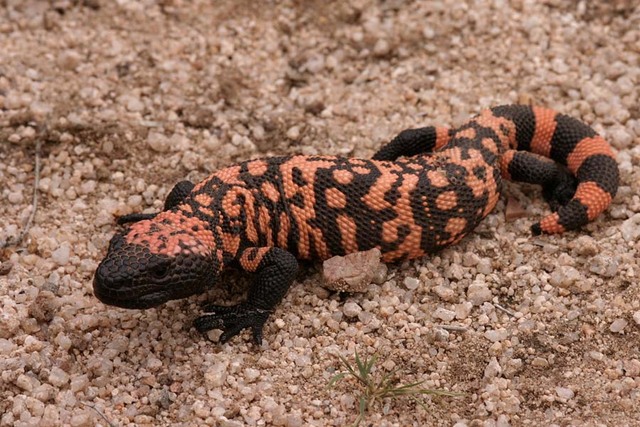
Heloderma suspectum
Gila Monster, American Gila Monster, Gila Monster,Gila Monster, Blunt-tailed Lizard, Aztec Lizard
The Gila Monster (scientific name: Heloderma suspectum) is also known as the···

Orycteropus afer
Native pig, anteater, African anteater, ant bear,Aardvark
Aardvark (scientific name: Orycteropus afer), also known as: ground pig, ant···
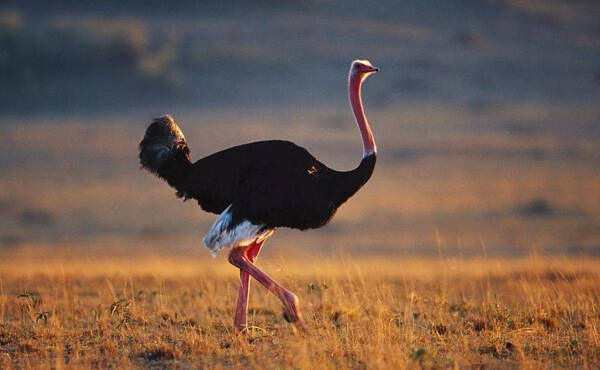
Struthio camelus
ostrich、Struthio camelus
The largest bird on earth is the African ostrich, which is also a flightless···
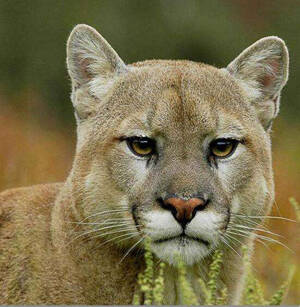
Puma concolor
Puma concolor,Puma、Mountain Lion,Mountain lion, golden cat, pounce horse
Puma (scientific name: Puma concolor) is also known as Puma or Mountain Lion···
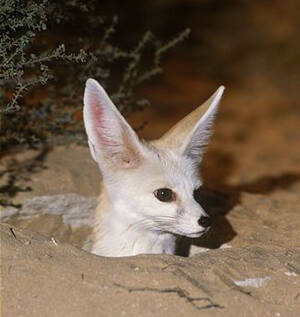
Vulpes rueppellii
Vulpes rueppellii,Rüppell's Fox,Lupper fox, Lupper fox
Rüppell's Fox (scientific name: Vulpes rueppellii) is also known as Rü···
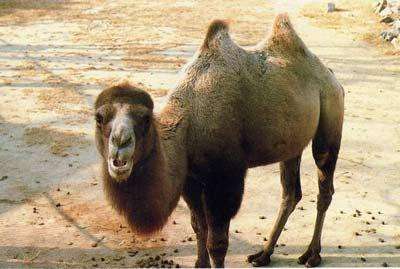
Wild Camel
Camelus ferus
Bactrian Camel, a monotypic species, a giant ungulate, with no valid subspec···
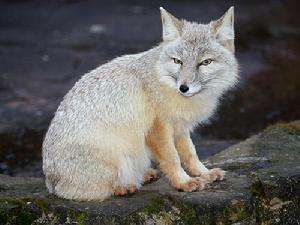
Corsac Fox
Vulpes corsac, Eastern Coral Fox
Corsus foxes are slightly smaller than red foxes and as tall as a medium-siz···

